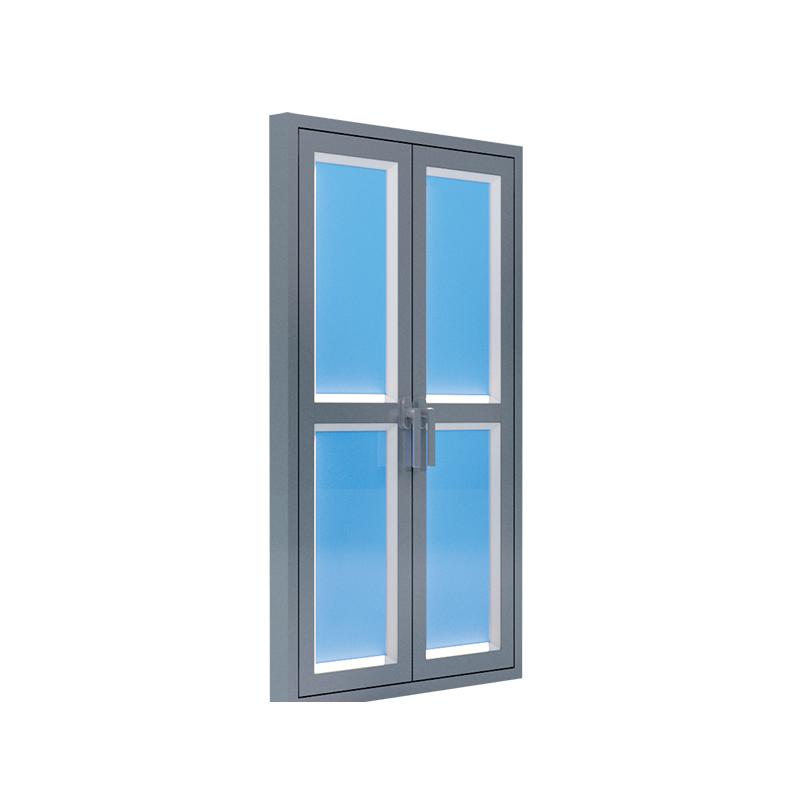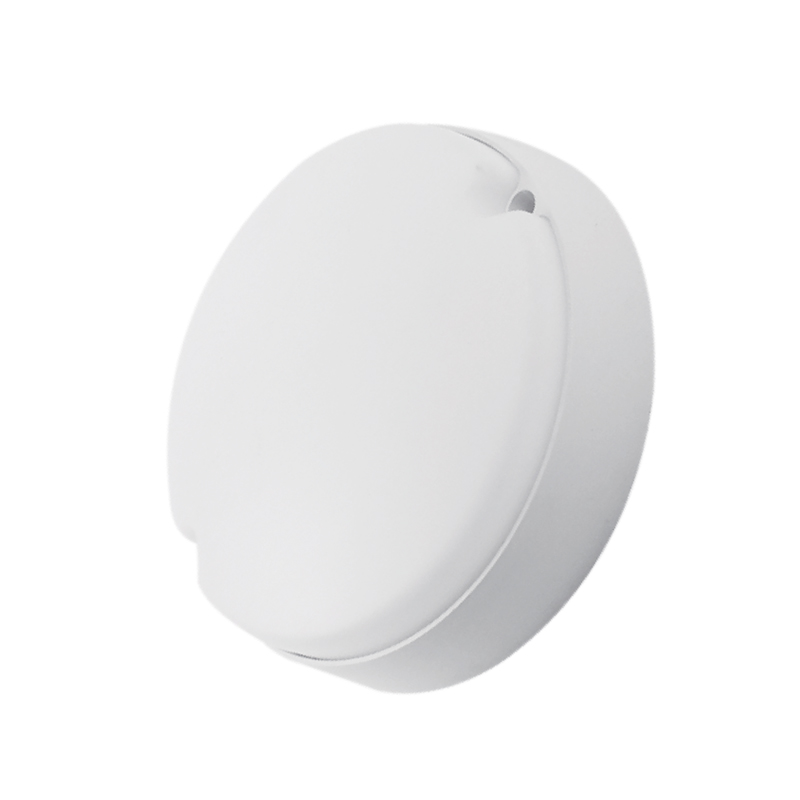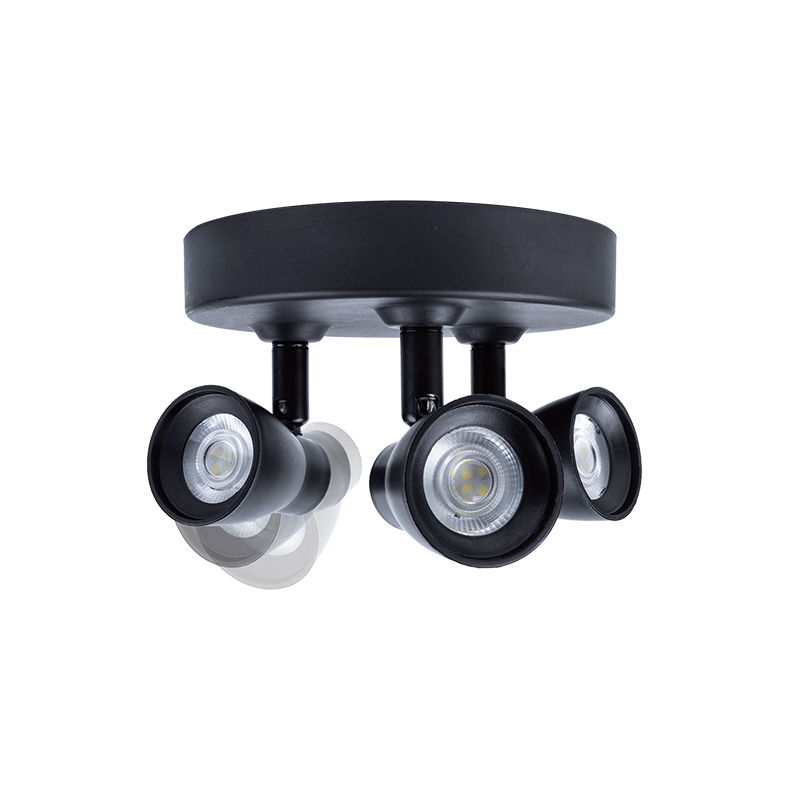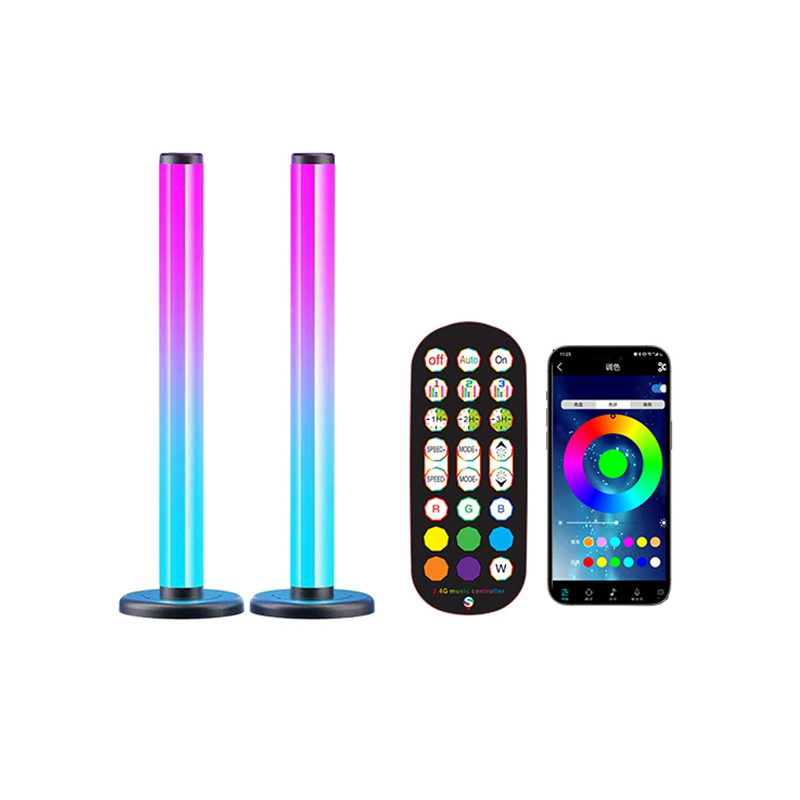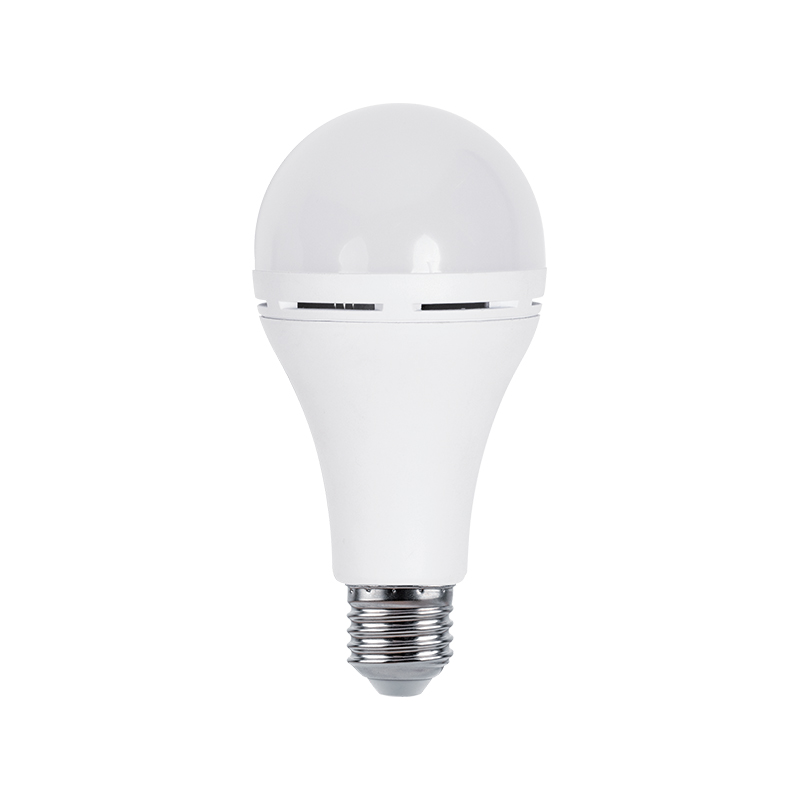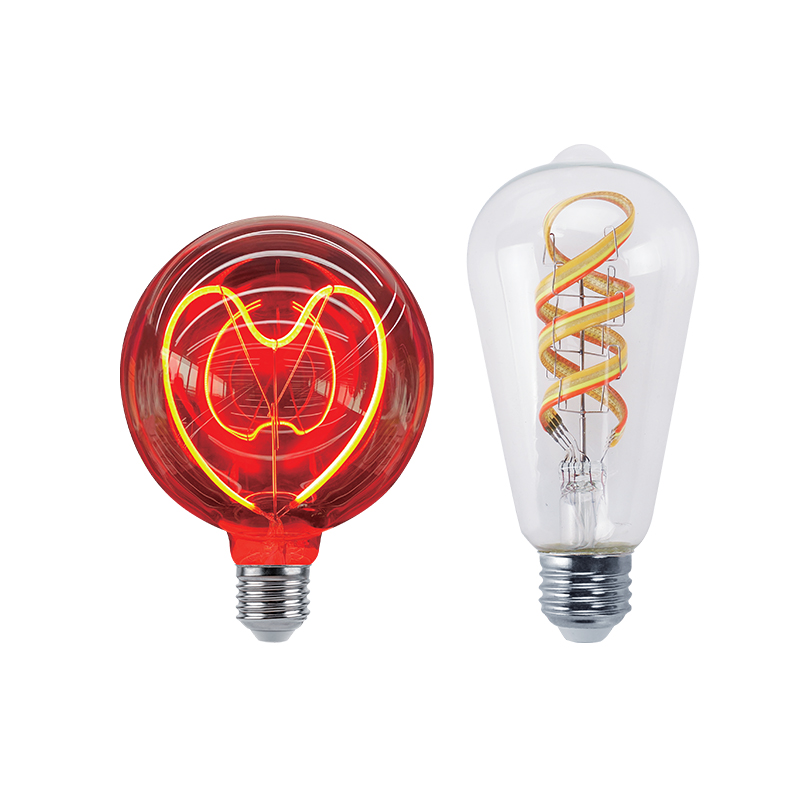We sincerely look forward to establishing a long-term development partnership with you with good quality and professional services.
1. Technology tracing: the underlying logic of silence and stability
The noise and jitter of traditional rotating lamps are rooted in the mechanical friction of the bearings. Rotatable linear fixures use magnetic bearings to achieve contactless suspension of the rotor and stator through electromagnetic fields, completely eliminating physical friction.
Working principle: Permanent magnets and electromagnetic coils are integrated inside the lamp. When current passes through the coil, a controllable magnetic field is generated, which interacts with the permanent magnet to form a suspension force. During rotation, the rotor is always suspended in the center of the magnetic field, without the need for lubricating oil or ball bearing support.
Technical advantages:
Zero friction loss: eliminate mechanical wear and extend the life of the lamp to more than 3 times that of traditional products.
Ultra-low noise: The noise during rotation is less than 20 decibels (close to a whisper), which meets the strict requirements for silence in scenes such as libraries and hospitals.
Although magnetic suspension solves the problem of rotational friction, the offset of the center of gravity of the lamp may still cause jitter. To this end, the product introduces damping and shock absorption technology, which achieves stable balance at any angle through the coordination of physical damping and intelligent algorithms.
Physical damping: A viscous damper is embedded in the rotating shaft to consume the rotational inertia force by using fluid viscosity. For example, when the lamp rotates from horizontal to vertical, the damper can quickly absorb kinetic energy to prevent the lamp body from shaking.
Intelligent algorithm: The built-in six-axis gyroscope sensor monitors the lamp body posture in real time, and dynamically adjusts the electromagnetic field intensity in combination with the PID control algorithm to ensure that the slight offset of the lamp body under the action of gravity is corrected immediately.
2. Material Science: The physical basis supporting silence and stability
The tubular design of rotatable linear lamps needs to take into account both lightweight and structural stability, and the selection of its core material is crucial.
Aluminum alloy composite material: Aviation-grade aluminum alloy (such as 7075-T6) is used as the main frame, and high strength and corrosion resistance are achieved through heat treatment and surface anodizing. For example, the tube wall thickness of a certain brand of lamp is only 1.2mm, but it can withstand a rotational torque of 10kg.
Carbon fiber reinforced plastic (CFRP): Carbon fiber layers are embedded in key connectors to improve axial bending stiffness and reduce overall weight by using its anisotropic mechanical properties.
Even with magnetic levitation technology, the motor may still generate slight vibrations when running. To this end, the product further reduces noise through a multi-layer acoustic isolation structure:
Internal filling: Sound-absorbing foam (such as polyurethane open-cell material) is filled inside the rotating shaft to absorb high-frequency vibration energy.
Shell design: A double-layer metal shell is used, and the middle layer is filled with damping rubber to form an acoustic impedance mismatch and block the vibration conduction path.
3. Scenario application: silent and stable industry value
Reading mode: Users can rotate the lamp to a 45-degree angle and hydraulically lift it to the height of the desktop. The magnetic levitation bearing ensures that there is no noise interference during the rotation process, and the damping and shock absorption technology avoids the light and shadow deviation caused by the drooping of the lamp body due to gravity, providing a zero-glare reading environment.
Sleep mode: The slow rotation path is preset through the APP at night, and the lamp simulates the natural light and shadow changes at a rate of 1°/minute to help users relax and fall asleep.
Retail stores: Clothing stores can rotate lamps above models, adjust light and shadow levels through hydraulic lifting, and highlight clothing details. Silent design prevents customers from feeling uncomfortable due to noise and enhances the shopping experience.
Art galleries: When displaying paintings, lamps can dynamically adjust their angles as visitors move, and damping and shock absorption technology ensures that light and shadow are always accurately focused on the canvas to avoid visual blur caused by shaking.
Clean workshops: Dust-free environments require lamps to have no particles falling off, and magnetic bearings eliminate the risk of lubricant contamination in traditional bearings.
Vibration platform: On laboratory equipment with severe vibrations, damping and shock absorption technology can suppress lamp resonance and ensure stable light and shadow.
4. Technological evolution: unlimited possibilities for future lighting
Current products rely on sensors to passively correct offsets, and will be upgraded to active balancing systems in the future:
Predictive control: Predict the movement trajectory of the lamp body through machine learning algorithms, adjust the electromagnetic field strength in advance, and achieve "preemptive" stability control.
Distributed drive: Integrate multiple micro motors in the rotating shaft, and achieve more flexible torque distribution through vector control to further improve dynamic balancing capabilities.
Nanocomposite materials: Develop graphene-based nano-sound-absorbing coatings, which have a 40% higher sound absorption coefficient than traditional sound-absorbing foams and are lighter and thinner.
Bionic structure: Learn from the noise reduction principle of owl feathers, design surface microstructures, and convert sound wave reflections into heat energy.
Magnetic levitation energy consumption optimization: Through electromagnetic field topology optimization, the energy consumption of magnetic levitation bearings is reduced to 1/5 of that of traditional bearings.
Energy recovery: The kinetic energy generated during rotation is recovered through micro-generators to power sensors and achieve zero energy balance.
5. Industry impact: Redefining lighting design standards
The breakthrough in silent and stable technology has evolved lamps from "fixed light sources" to "space sculpture tools". Designers can freely construct dynamic light and shadow scenes, such as:
Light and shadow theater: Multiple lamps are combined through rotation and lifting to present light and shadow rhythms in conjunction with the rhythm of music.
Interactive device: The lamps respond to human gestures or voice commands, adjust the light and shadow angles in real time, and achieve deep interaction between people and light.
Material circulation: Aluminum alloy and carbon fiber materials can be 100% recycled to reduce environmental load.
Long life design: The zero-wear characteristics of the magnetic bearing extend the life of the lamp to more than 20 years, reducing the generation of electronic waste.

 English
English Español
Español Deutsch
Deutsch